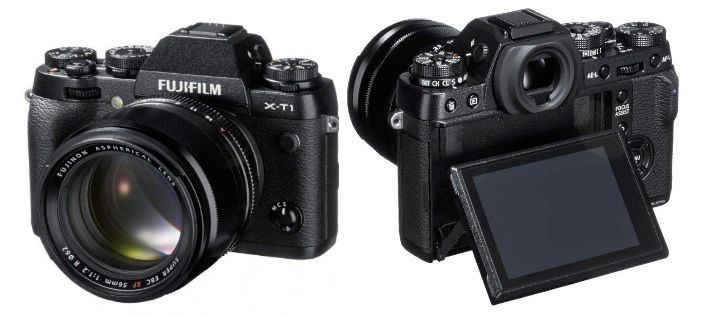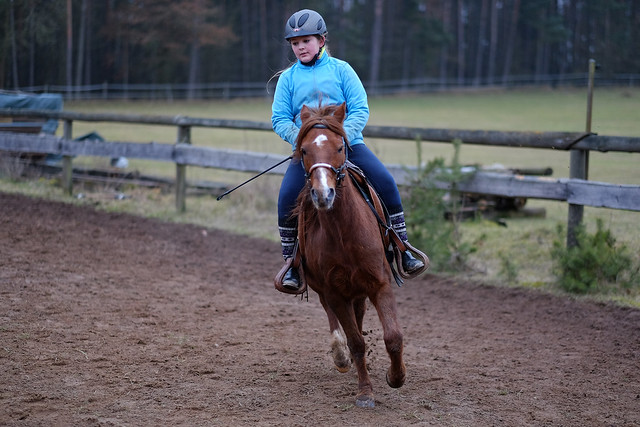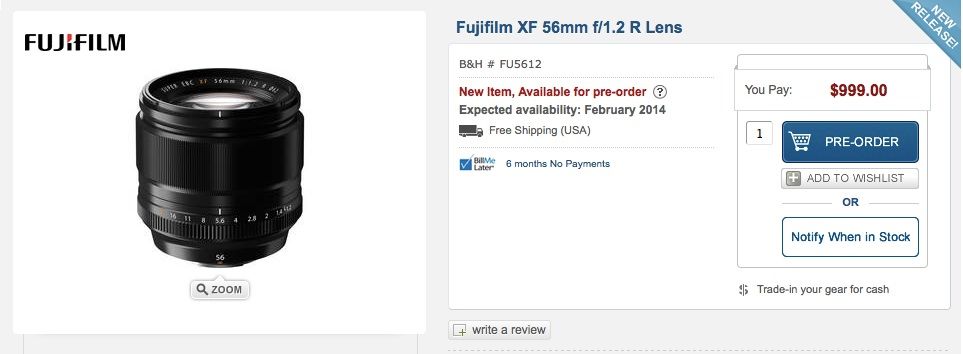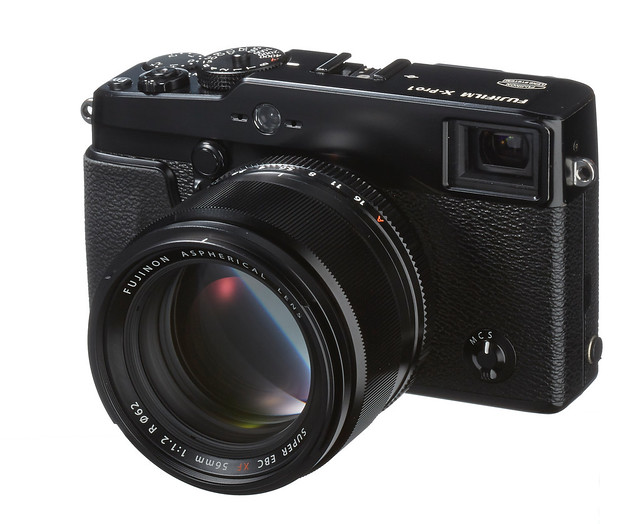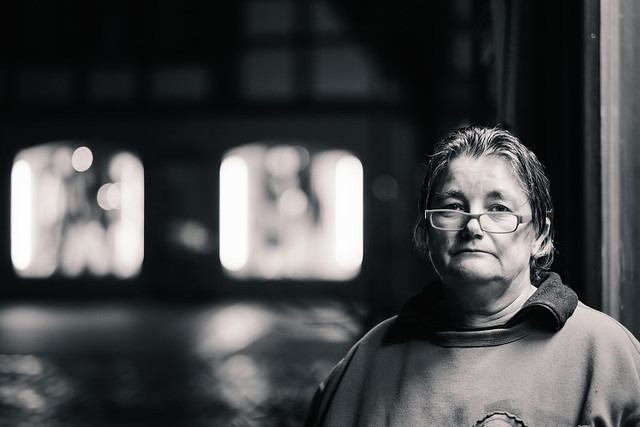First Look: Fujifilm X-T1
Pre-orders (and support FR)
After several months of restless work to make of the X-T1 one of the most leaked cameras ever, today you can support my work here on Fujirumors. If you choose to pre-order it using one of the X-T1 shoplinks (AmazonUS, Bhphoto, Adorama, wexDE, wexUK & Co) in this post, FR will get a small commission on it. It won’t cost you a single penny extra on your camera. Thanks in advance to those who decide to support this blog… you will allow me to spread many exciting rumors also in 2014… I’m already investigating for you ;-).
PRE-ORDERS
X-T1 body only ($1,299): NORTH AMERICA: AmazonUS / BHphoto / Adorama / Pictureline / EUROPE: wexDE / wexUK / PCHstore /
X-T1 with 18-55 ($1,699): NORTH AMERICA: AmazonUS / BHphoto / Adorama / Pictureline / EUROPE: wexDE / wexUK / PCHstore /
X-T1 Vertical Battery Grip ($ 249,99): NORTH AMERICA: AmazonUS / BHphoto / Adorama / EUROPE: wexDE / wexUK /
For the live blogging CLICK HERE
and now enjoy Rico’s X-T1 review!
—
First Look: Fujifilm X-T1
Talk to Rico (open forum for questions & feedback)
X-T1 Sample Images Set – X-T1 Predictive AF Tracking Samples (updated!)
XF56mmF1.2 R Sample Images –XQ1 Sample Images Set
X-E2 Sample Images Set – X-E2 AF Tracking Samples (updated!)
X-T1 Official Specs – X-T1 Official News Release
Mastering the Fujifilm X-Pro1 Reading Samples (65 free pages)
Mastering the Fujifilm X-E1 and X-Pro1 – The Fujifilm X-E2 – Beyond the Manual (pre-order)
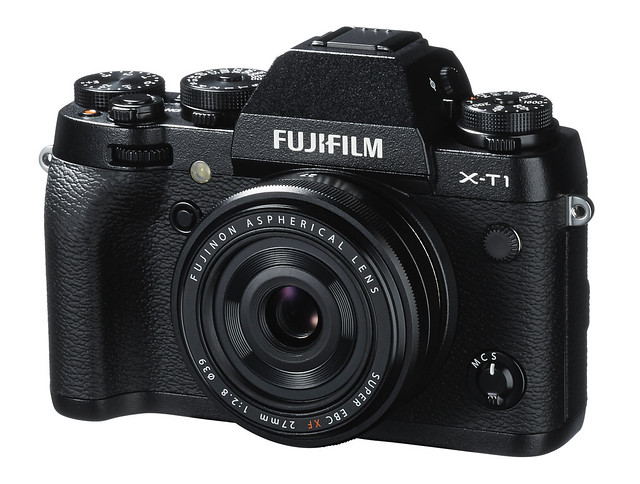
The retro-styled X-T1 is Fujifilm’s attempt to inject state-of-the-art DSLR performance into its line of mirrorless X-series cameras. With twin multi-functional command dials, five manual dials (ISO, drive mode, shutter speed, photometry & exposure compensation) and an aperture ring on most native lenses, the X-T1 features a blend of classic and modern controls that should appeal to the X-series’ target audience of experienced photographers—enthusiasts and professionals alike.
The X-T1 looks and feels like a DSLR, and yet it’s still a mirrorless live-view camera with a large WYSIWYG real-time viewfinder in a lightweight, compact and weather resistant body. In an ironic twist of events, the X-T1 is pretty much the “hybrid camera” that Nikon promised—but never delivered—in its popular viral Df campaign.
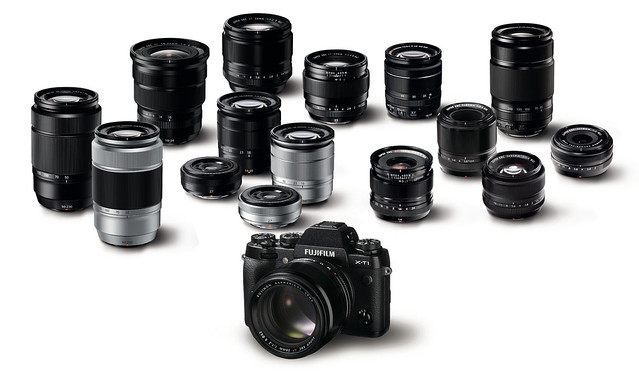
The X-T1 features the same 16 MP X-Trans II sensor and EXR Processor II as the X-E2 (or X100S). However, overall processing speed has been improved through hardware and software changes. There’s no doubt that the X-T1 is Fujifilm’s fastest X-series camera. However, maximum shutter speed is still limited to 1/4000s, and maximum flash sync speed is limited to 1/180s (though many flash units will perfectly work at 1/250s).
Sample Images
I have prepared two sample sets shot with X-T1: a regular set and a set featuring high-speed series with tracking AF.
Real-time EVF (and LCD)
With a display lag of only 0.005 seconds (X-E2: 0.05s, Olympus OM-D E-M1: 0.029s), the X-T1 is ready to capture fast action, including moving objects. The camera’s predictive autofocus encompasses the central nine autofocus frames (there’s a total of 49) and works with bursts of either 3 or 8 frames per second (fps) of continuous shooting. The large electronic viewfinder (EVF) is housed in the “hump” and delivers an impressive magnification of 0.77x (E-M1: 0.74x, X-E2: 0.64x) and a refresh rate of 54 fps (E-M1: 60 fps, X-E2: 50 fps). The X-T1 offers this high refresh rate even in low light: At 1.6 EV, it still clocks 54 fps, while the E-M1 slows down to 30 fps and the X-E2 to 20 fps.

